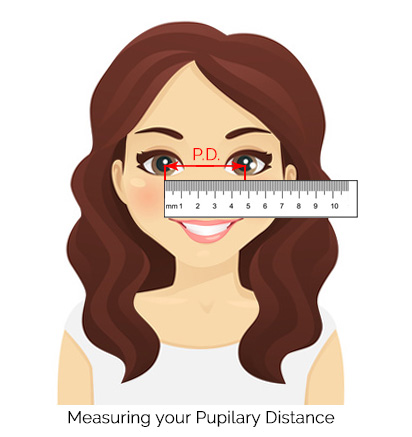HOW TO READ YOUR RX


Please note that your prescription may not include all the values listed above and some boxes may be blank.
O.D. / O.S. – The OD and OS values tell you for which eye the prescription is for. “O.D.” refers to the right eye and “O.S.” refers to the left eye. On some prescriptions the right and left eyes may simply be referred to as “R” and “L”.
SPH – The spherical power is the most common value contained in almost all prescriptions and it refers to the amount of distance vision correction needed. A minus (-) sign means that the prescription if for nearsightedness (myopia) and a plus (+) sign means that the prescription is for farsightedness (hyperopia). On some prescriptions the SPH may also be referred to as “Sphere”, “Power” or “PWR”.
CYL – The Cylinder value measures the degree of astigmatism that you have and the strength needed to correct it. The higher the number, the more astigmatism you have.
AXIS – The Axis value also refers to astigmatism and tell you the orientation of the astigmatism. The Axis is displayed in degrees and is required for lenses that correct astigmatism.
B.C. – The base curve of a lens (measured in millimeters) indicates the curvature on the inside of the contact lens. This value is used for contact lenses and is not required for eyeglasses.
DIAMETER – The diameter (measured in millimeters) is the distance from one edge of the lens to the other. This value is used for contact lenses and is not required for eyeglasses.
ADD power – This value indicates the additional amount of power required to ensure clear vision at a close range and is used for for individuals with presbyopia.
Pupillary Distance (PD) – Your eyeglass prescription may also include your pupillary distance. This value is usually a single number and refers to the distance (in millimeters) from the middle of one eye to the other. Some prescriptions may show two PD values – a Right PD and a Left PD. In this case each value refers to the distance from the middle of your nose to the middle of the eye.
To measure your Pupillary Distance (PD):
1. Place a ruler on the bridge of your nose.
2. Measure the distance between the center of your pupils. You can measure the distance yourself by looking in a mirror or you can have a friend do it.

Recent Comments